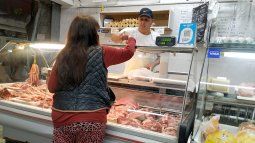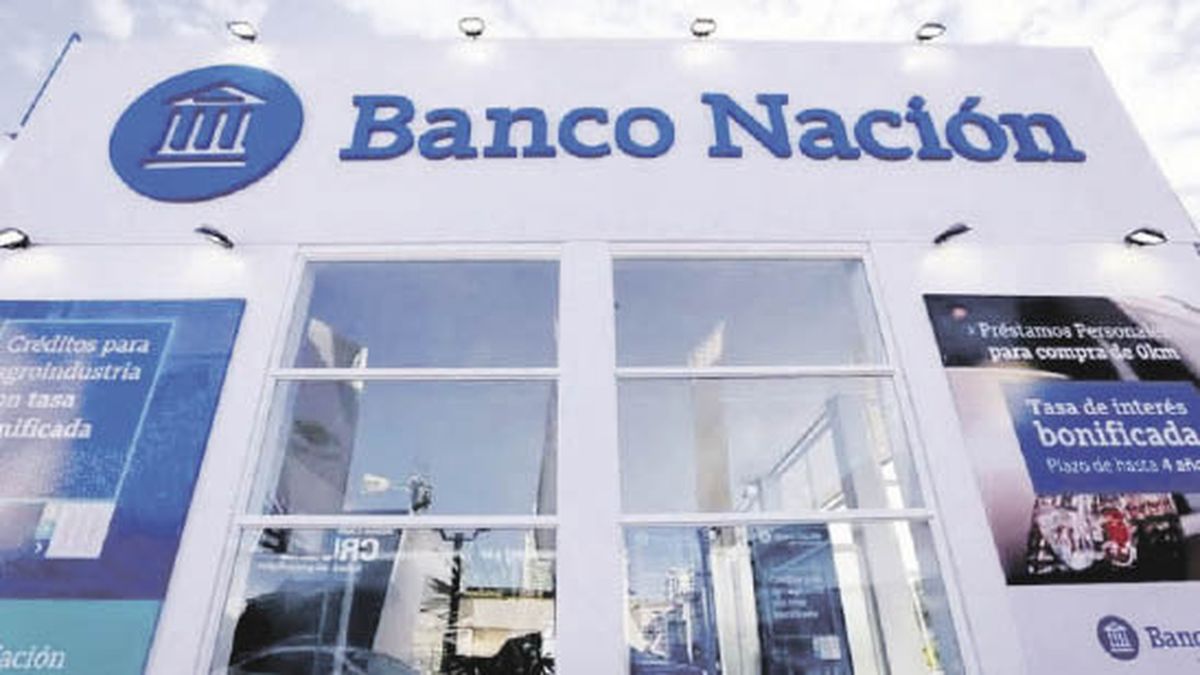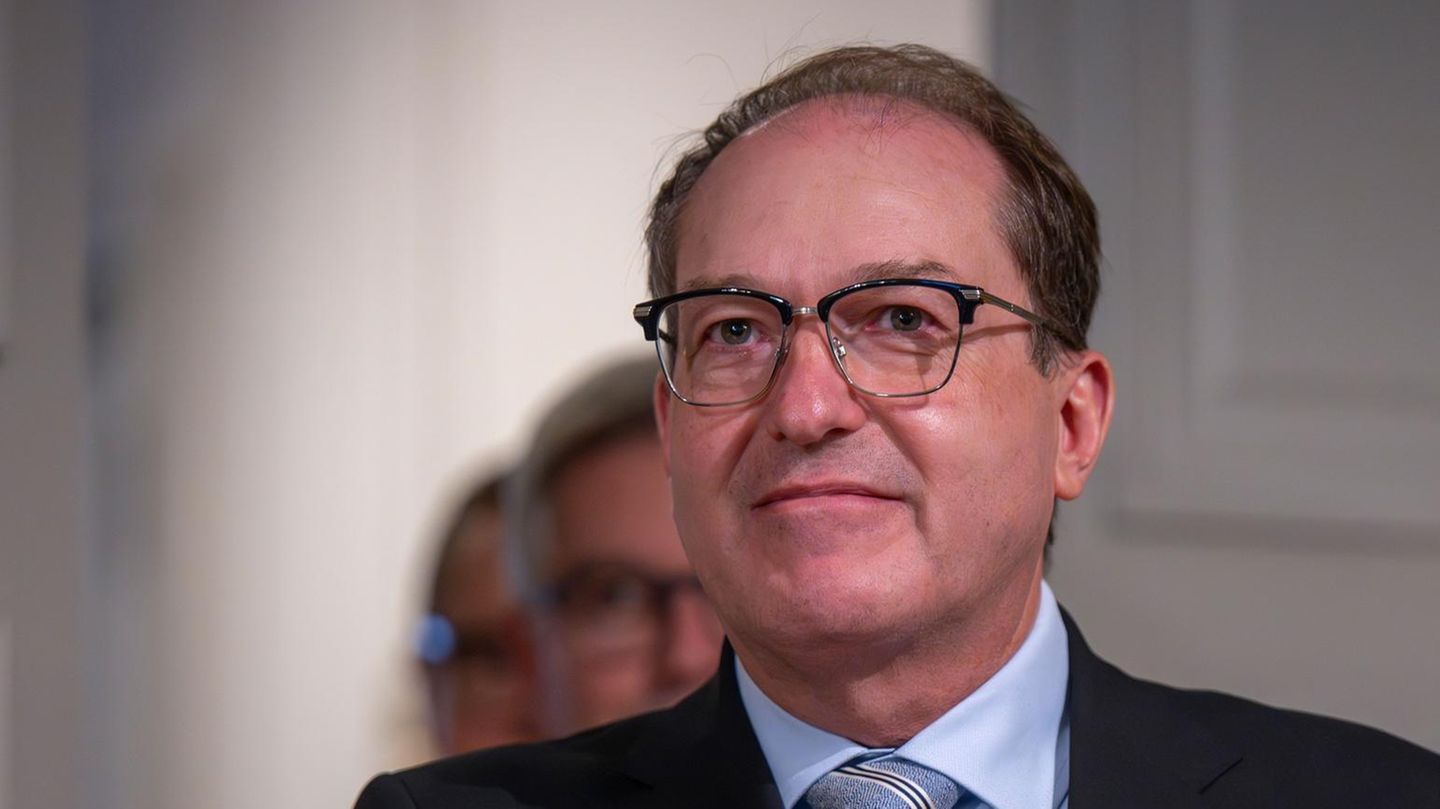They estimate that in the first two weeks the amount grew at a monthly rate of 8%, above inflation. The sale of Bonares would serve to expand subsidized credits and sustain the trend.
After an incipient recovery of credit to the private sector in the first two weeks of Aprilanalysts consider that the Government will try to strengthen the trend through rate subsidies and consumer and business credits. The estimate is that could put up to $500,000 million on the marketwithout this impacting the fiscal deficit goals agreed with the International Monetary Fund (IMF).
The content you want to access is exclusive to subscribers.
The money to finance This “fiscal push” would come from the sale of bonds in dollars of local legislation (Bonars) announced by the Ministry of Economy. The DNU of March 23 establishes that 30% of what is obtained For this operation, it must be allocated to “expenses, investments and/or financial applications within the objectives, goals and activities of each organization during the 2023 budget year, including the financing of productive investments and credits that drive internal consumption”. It is then expected that new credits and subsidized financing lines will appear through the ANSES, because they are not computed in the budget for the purposes of the deficit goals agreed with the Fund.


This type of program is what could sustain the growth of credit to the private sector in the short term, which in April has shown some recovery. The estimate of the consulting firm Equilibra is that in the first two weeks of this month “they grew at an average monthly rate of more than 8%when in March they climbed 5.8%, which indicates a couple of points below inflation.” Without the boost from the Government, it is difficult for analysts to sustain credit in a context of falling aggregate demand.
As usual in election years, the Government increases spending. The consultant’s estimate is that “in the last 9 years of elections, credit in pesos to the private sector grew on average 3.6% per year in real terms, led by those for consumption (11% per year).”
Sergio Chouza, director of the Sarandí consultancy, assured Ámbito that they can be seen “two opposing effects” on financing the private sector in the current economic context. “When there is a prospect of elections, it seeks to promote lines pulled by public banks that encourage production,” he said. But, on the other hand, he argued that the drought acts causing the fall of the activity. The economist also argued that currently “more companies are waiting for the electoral scenario to be defined than those that are planning to expand their activity.” In this sense, Chouza said that “it is doubtful” that the subsidized lines that the Government can launch later, supposedly between August and September, “can move the ammeter” of the economy.
In relation to consumption, the use of credit cards has been falling this year. In March, “year-on-year growth reached 81.8%, and it did not reach the levels of inflation estimated for the year either, resulting in a drop in the portfolio in real terms,” a recent report states. The First Capital Group. That is why the market is expected to try to recover financing through plastics.
Meanwhile, recently the Ministry of Economy announced an extension of the Crédito Argentino (CreAr) program up to $800,000 million to offer loans at subsidized rates to micro and small businesses, with money from the National Fund for Productive Development (FONDEP). But in this case, the expense is included in the normal budget items.
Source: Ambito




